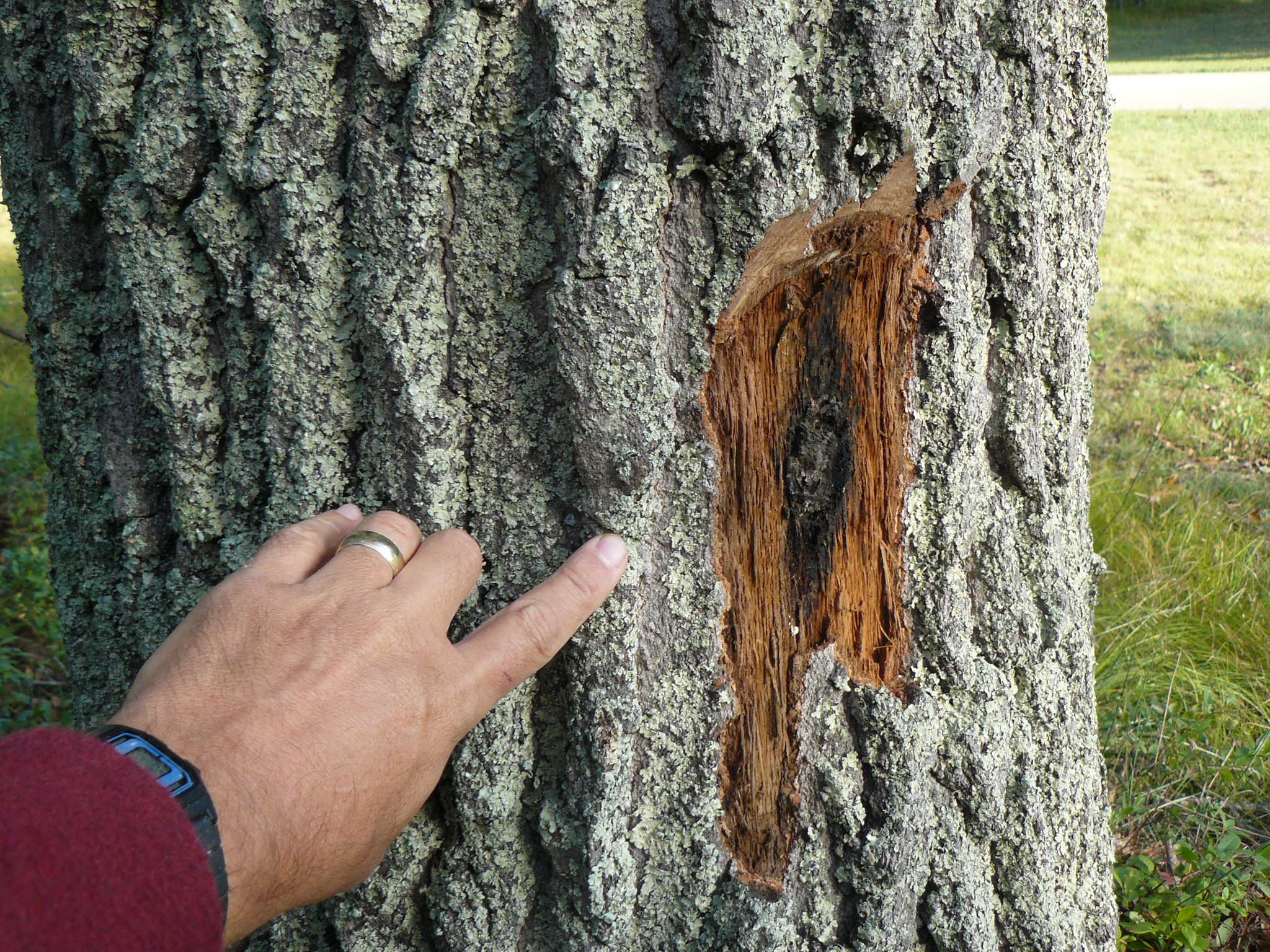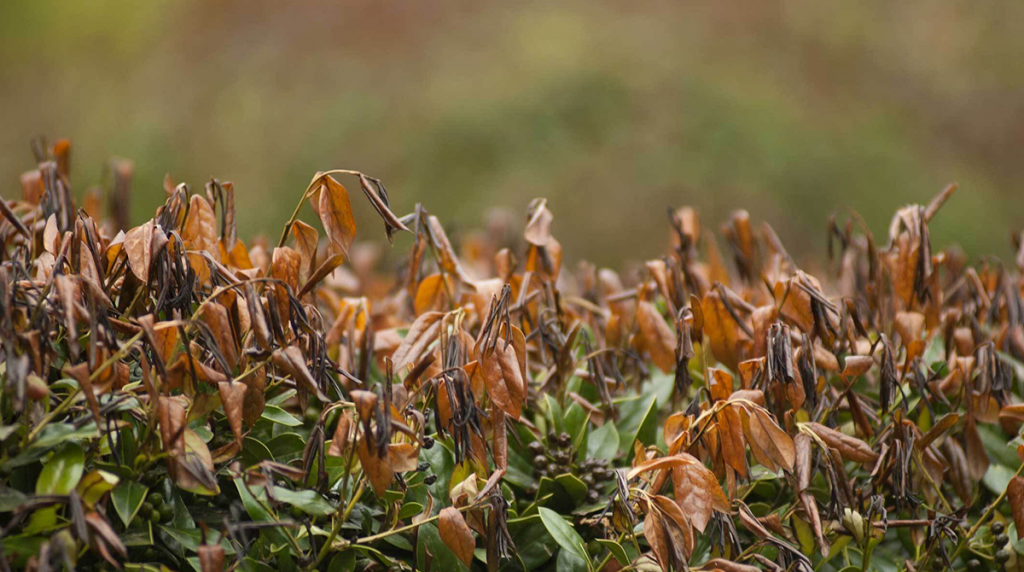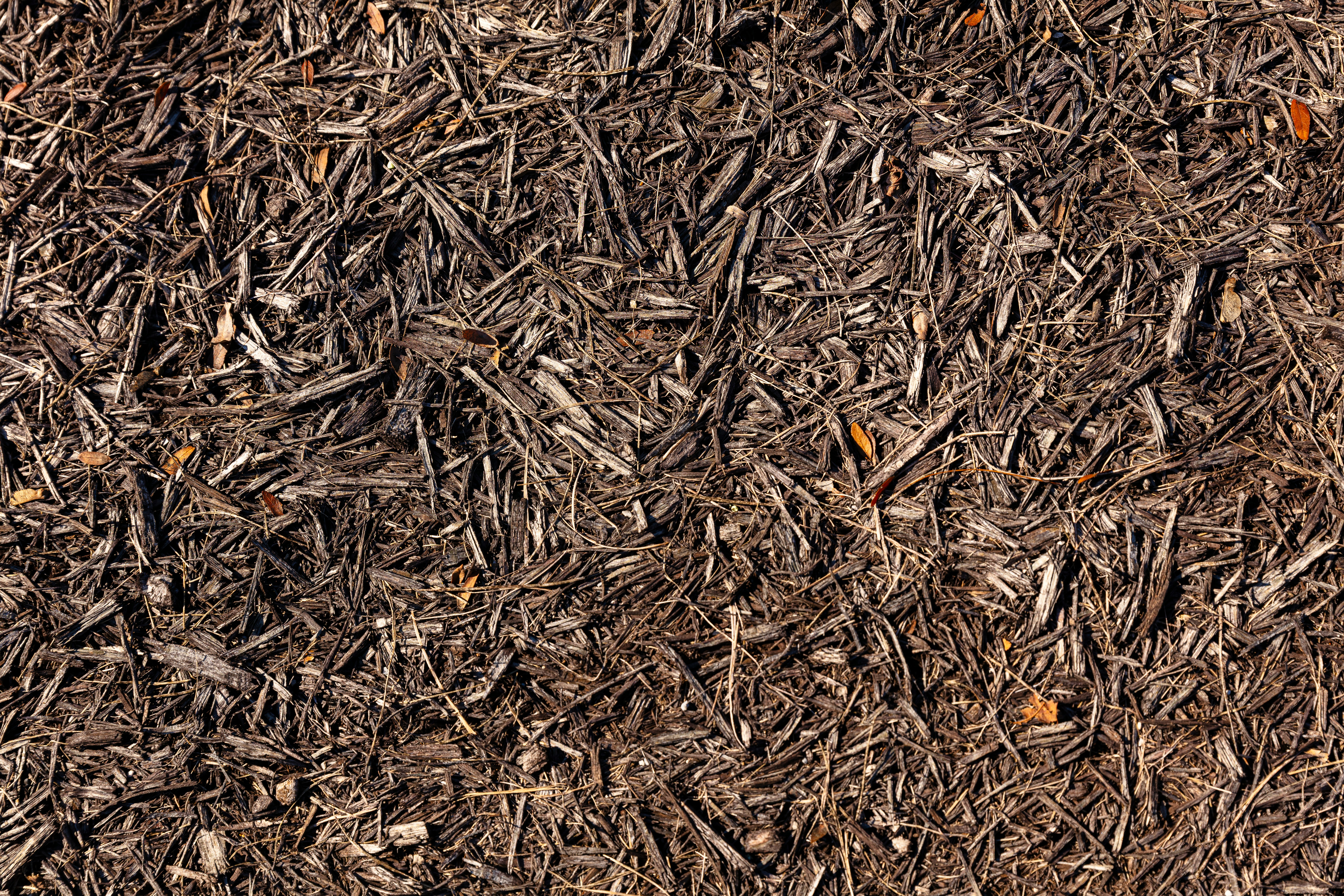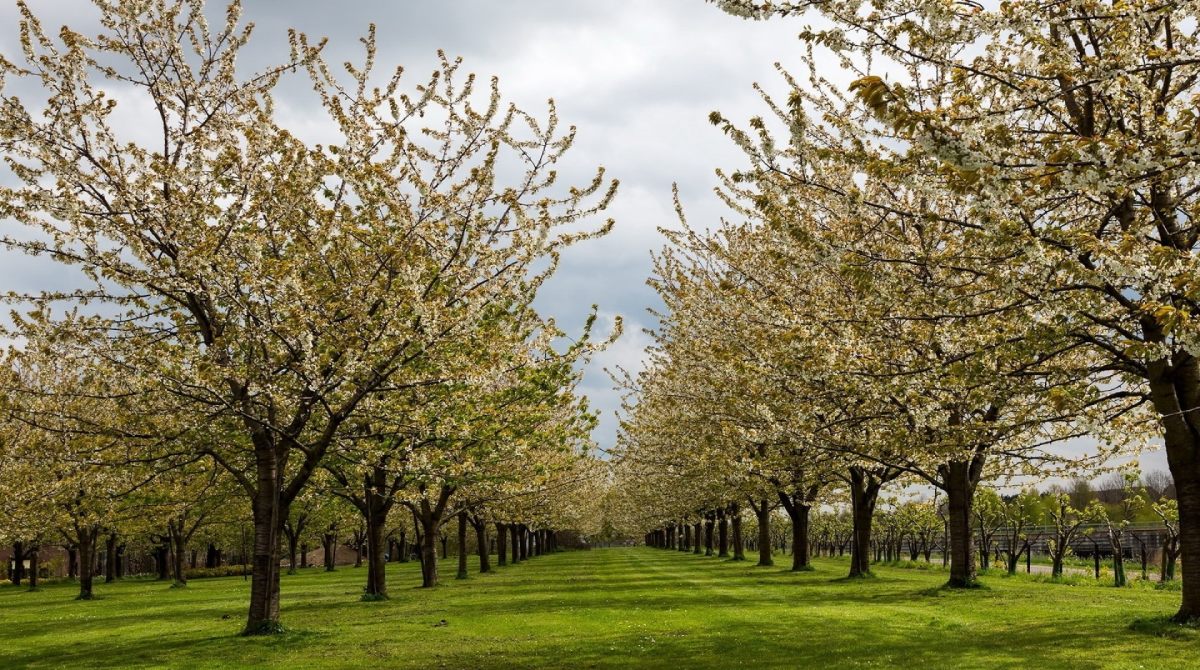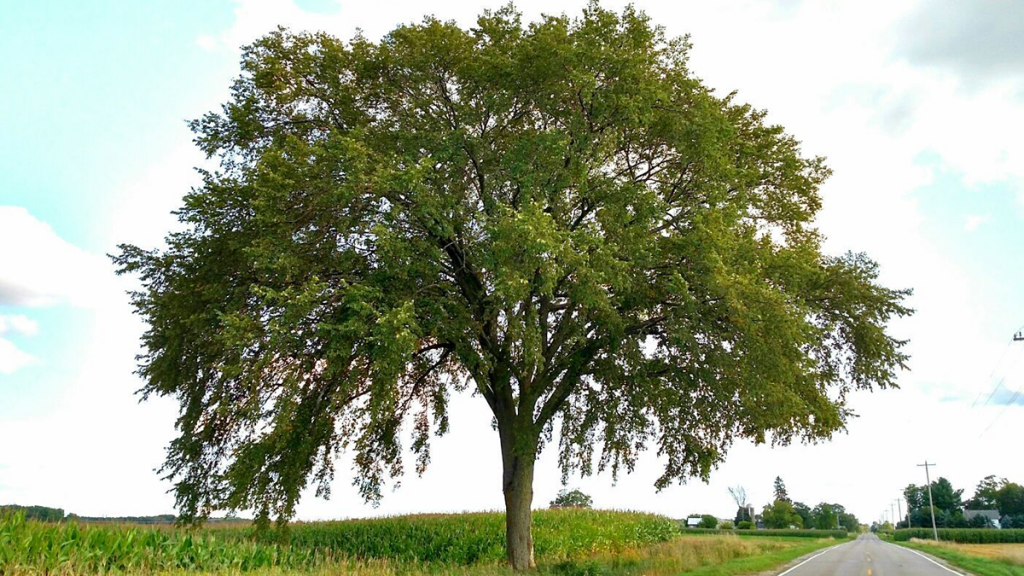
How Tree Grafting May Save Your Tree
Date August 20, 2020
Category
Do you have a tree on your property that you love but has unfortunately been damaged by rodents, hit by a car, or has rotting wood? Does this tree appear to be dying, or look like it has a wound that won’t heal on its own?
If you think your tree is dying and beyond saving, think again. Our tree doctors, who are local ISA-Certified Arborists, may be able to save your tree with rotting wood using an ancient tree salvaging process called bridge tree grafting. This technique has been practiced by cultures all over the world for millennia. Keep reading to learn more about bridge tree grafting and whether or not it is the right step to take to salvage your tree with rotting wood so that it will renew its growth and become healthy once again.
What is Bridge Tree Grafting?
As we mentioned above, bridge tree grafting is a horticultural technique that has been practiced for thousands and thousands of years. In fact, it’s been traced back as far as having been practiced 4,000 years ago in both China and Mesopotamia.
While some cultures throughout time have used tree grafting to cross-breed trees and create new species, bridge tree grafting is a specific tree grafting technique our tree doctors can perform to save a tree with rotting wood, rodent damage, or another type of tree wound on the bark, trunk, or important branch.
How Do Tree Doctors Perform Bridge Tree Grafting?
Bridge tree grafting is a specialized horticulture technique. Here’s how it works:
- Our Tree Doctors Address the Tree Wound
The first step to saving a tree with rotting wood through bridge tree grafting is for our team of tree doctors to address the wound on your affected tree. To do so, we cleanly cut and smooth the edge to the top and bottom of the tree wound and rotting wood.
- Our Tree Doctors Cut Appropriate Scions
Scions are the new, living tree pieces that will be grafted onto the wound. The best place to find scions when bridge tree grafting is to look for healthy portions of the tree from last season’s growth on your affected tree.
Our tree doctors obtain scions by using a pole pruner. This tree tool allows us to cut the correct length of scions to address the tree wound created by the rotting wood. For proper bridge tree grafting, slants are cut on both ends of the scions, in opposite directions. This gives the scions a long side and a short side.
- Our Tree Doctors Strategically Cut Slits in the Bark Above, Below, and to the Sides of Your Rotting Wood
The next step we take to perform bridge tree grafting is to cut slits immediately above and below the rotting wood, or other tree wounds, on your affected tree. These cuts are carefully and strategically made so that the scion can be firmly affixed in place on the affected tree. After these cuts are made above and below the rotting wood, they are again made to the left and right of the tree wound so that the scions can be properly placed.
- Our Tree Doctors Place the Scions Into the Cut Bark Slits
Once our tree doctors have made the appropriate bark slits above, below, and to both sides of the rotting wood, they force in the scions in so that they will graft with the affected tree and cause healthy bark regrowth. Sometimes tape or thread is also used to hold the scions into place.
- Our Tree Doctors Wax the Wound and then You Perform Aftercare
The final step of bridge tree grafting is to wax all areas where the scion meets the rotting wood and for you to perform tree grafting aftercare. This includes:
- Re-checking the wax on the bridge tree graft every three to five days, and reapplying wax if needed.
- Doing your best to keep the humidity high, but actual moisture low, around the tree. Water intrusion can affect a tree graft from taking hold. If you are grafting a tree that is outdoors, it’s recommended that you use some sort of shade covering to protect the bridge tree graft from moisture exposure.
- Controlling the outdoor temperature using shade coverings.
- Suppressing the growth of rootstock, which is the portion of the tree with roots, stems, and leaves. To do this, you should aggressively prune away rootstock growth below the tree graft site.
- Looking out for scion growth. The growth of a healthy scion means your bridge tree graft is working. However, seeing this growth doesn’t mean your work is complete. Your tree graft can still be damaged by the elements, such as heavy winds.
- Preventing girdling, which occurs when the scion expands and gets choked tight by wrapping itself into place. To prevent girdling, you should carefully cut away any string or tape you used to place the tree graft to begin with.
Our Tree Doctors Can Help You With Bridge Tree Grafting
Bridge tree grafting is a highly technical horticultural practice and one that requires specific knowledge and experience in tree care to perform. But don’t worry, that’s exactly what we’re here for!
We perform bridge tree grafting for a variety of reasons on North Texas trees, including:
- Trees that have rotting wood.
- Trees that have wood that’s been damaged by rodents.
- Trees that have sustained trunk damage, such as after being hit by a car.
If you have either of these tree wound issues and are afraid your tree won’t survive, we may be able to perform bridge tree grafting to save it so it will live and thrive for years to come.
Getting help with bridge tree grafting is easy. You can call us to evaluate your tree with rotting wood or another tree wound to determine if the ancient tree salvaging technique may work to save your tree. To schedule an appointment with us to evaluate your tree for bridge tree grafting, call us today at tel:(817) 592-6846.
To learn more about How Tree Grafting May Save Your Tree, call our Argyle and Southlake based teams at tel:(817) 592-6846 or send us a message.
We’re a little different than the average tree services company.
Learn more about TreeNewal’s ISA Certified Arborists!
Our Dallas/Fort Worth-based tree doctors can explain how sustainable tree care services add more value to your bottom line.
Healthy trees, healthy lives.
